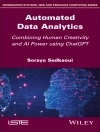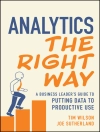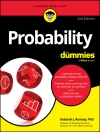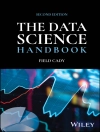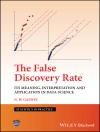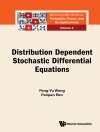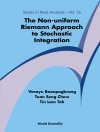Spatial epidemiology is the description and analysis of the
geographical distribution of disease. It is more important now than
ever, with modern threats such as bio-terrorism making such
analysis even more complex. This second edition of Statistical
Methods in Spatial Epidemiology is updated and expanded to
offer a complete coverage of the analysis and application of
spatial statistical methods. The book is divided into two main
sections: Part 1 introduces basic definition...
Spatial epidemiology is the description and analysis of the
geographical distribution of disease. It is more important now than
ever, with modern threats such as bio-terrorism making such
analysis even more complex. This second edition of Statistical
Methods in Spatial Epidemiology is updated and expanded to
offer a complete coverage of the analysis and application of
spatial statistical methods. The book is divided into two main
sections: Part 1 introduces basic definitions and terminology,
along with map construction and some basic models. This is expanded
upon in Part II by applying this knowledge to the fundamental
problems within spatial epidemiology, such as disease
mapping, ecological analysis, disease clustering,
bio-terrorism, space-time analysis,
surveillance and infectious disease modelling.
* Provides a comprehensive overview of the main statistical
methods used in spatial epidemiology.
* Updated to include a new emphasis on bio-terrorism and disease
surveillance.
* Emphasizes the importance of space-time modelling and outlines
the practical application of the method.
* Discusses the wide range of software available for analyzing
spatial data, including Win BUGS, Sa TScan and R, and features an
accompanying website hosting related software.
* Contains numerous data sets, each representing a different
approach to the analysis, and provides an insight into various
modelling techniques.
This text is primarily aimed at medical statisticians,
researchers and practitioners from public health and epidemiology.
It is also suitable for postgraduate students of statistics and
epidemiology, as well professionals working in government
agencies.




